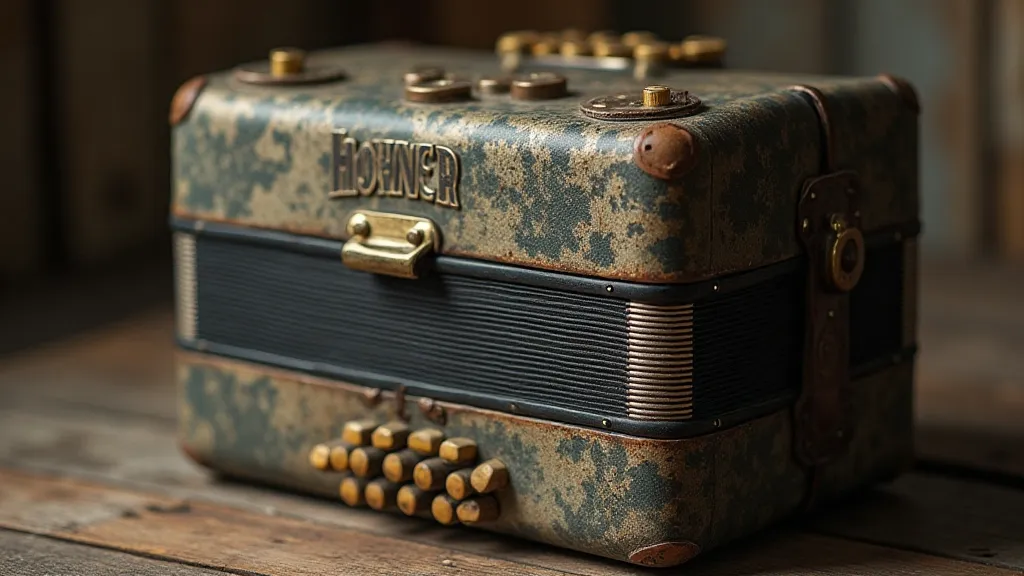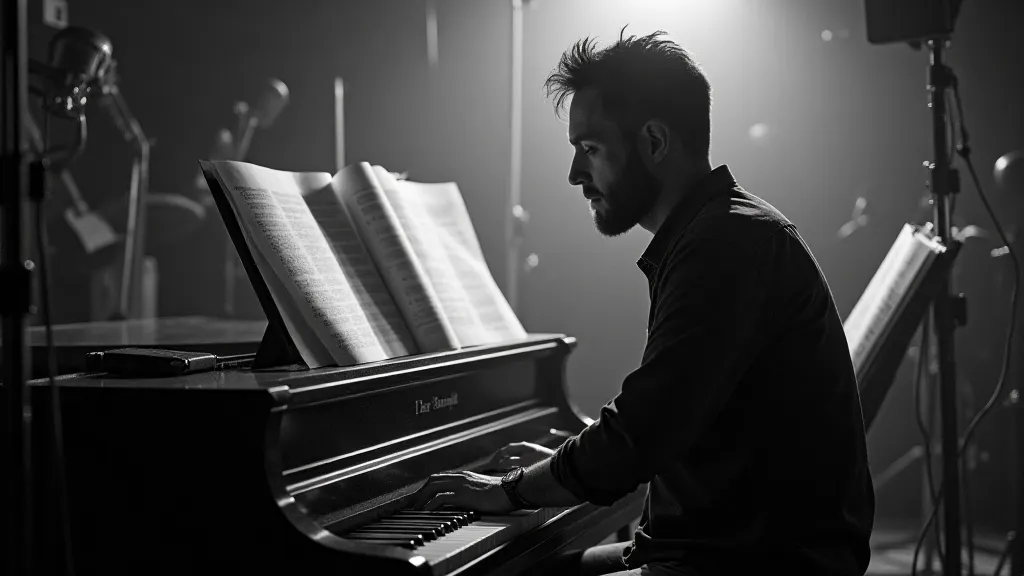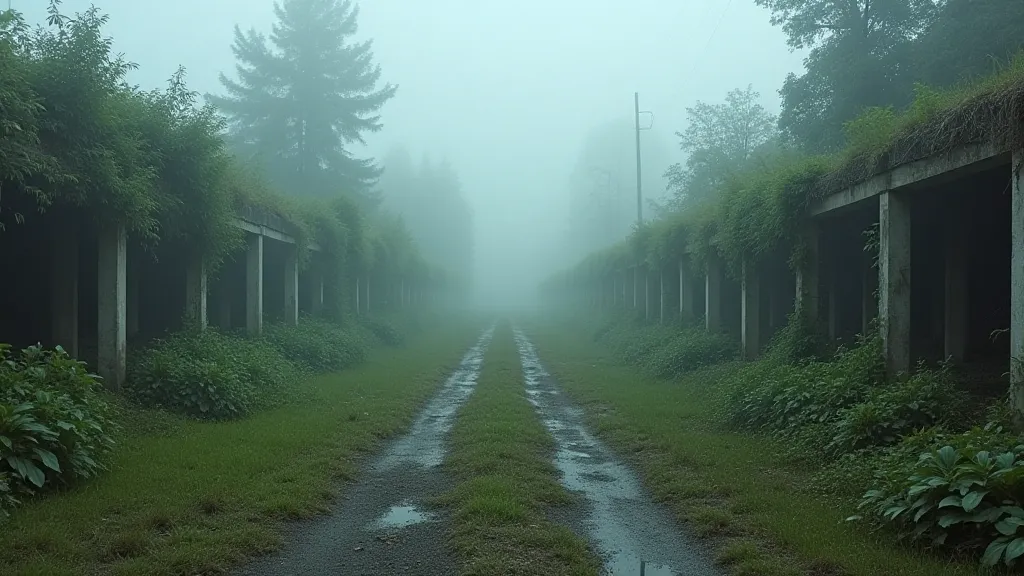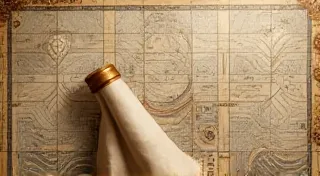Ephemeral Harmonies: Soundtrack Music and the Fleeting Nature of Emotion
There's a particular ache that settles in when you encounter a forgotten movie soundtrack. It’s not merely a feeling of nostalgia for a film itself, often lost to the archives or whispered about in online forums, but something deeper. It’s a recognition of the music’s own fragility – a sonic snapshot of a moment, an emotion, a specific feeling meticulously crafted and then, largely, left to fade.
Think about the films we consider classics. The soaring strings of John Williams’ E.T., the pulse-pounding intensity of Ennio Morricone’s work on The Good, the Bad and the Ugly – these aren’t just musical accompaniments; they’re intrinsic parts of the cinematic experience, inextricably linked to the narratives they support. But what of the films that didn't achieve that level of recognition? The pictures that slipped through the cracks, their stories untold, their soundtracks unheard? It’s within these often-overlooked musical landscapes that we find a unique and poignant beauty.
The Accordion's Lament: A Sound of Passing Time
I recently spent an afternoon in a small antique shop in rural Pennsylvania. Dusty, crammed with forgotten treasures, it felt like a portal to another era. There, tucked away in a corner, was an accordion – a Hohner Marine Band, its bellows cracked, its keys yellowed with age. The shop owner, a kindly man named Silas, explained it had belonged to his grandfather, a musician who played in silent film houses during the 1920s. He demonstrated its sound; a wavering, melancholic wail that seemed to embody the passage of time. It wasn’t a polished, modern sound, but something rougher, more intimate, filled with the echoes of countless performances and the quiet dignity of obsolescence.
That sound, I realized, perfectly encapsulated the feeling I often get when listening to these forgotten soundtracks. Many obscure films from the 1930s to the 1960s utilized accordions – not as novelty instruments, but as vital components of their emotional palettes. They conveyed longing, vulnerability, and a sense of gentle sadness that was often absent in more bombastic scores. These films were often lower-budget productions, and the use of unconventional instruments like the accordion helped stretch limited resources while contributing to a distinctive sonic signature. The music wasn’t trying to overwhelm; it was meant to underscore, to amplify, to deepen the audience’s emotional connection to the characters and the story. This approach, so deliberate and considered, feels almost revolutionary in today’s landscape of hyper-produced film scores.

Capturing Transient States
Film scores, at their best, don’t simply tell us how to feel. They provide a framework, a suggestion, a subtle invitation to experience the film’s emotional core. They are skilled in portraying transient emotional states – the fleeting moment of joy, the sudden pang of regret, the fragile hope that flickers in the face of adversity. Think of a scene where a character experiences a moment of quiet reflection, lost in memories. A simple, sustained chord on a piano, or a solitary oboe melody, can be far more powerful than a grand orchestral flourish. These moments, often subtle and understated, are what truly resonate with us long after the credits have rolled.
Forgotten soundtracks often excel at this subtlety. Composers working on lower-budget films were often forced to be more inventive, more resourceful. They had to rely on nuance and suggestion rather than sheer volume and spectacle. This constraint, paradoxically, led to a greater depth of emotional understanding. The music doesn's bludgeon you with its message; it nudges you, whispers to you, invites you to share in the character’s emotional journey. This intimacy fosters a unique feeling of empathy and connection.
The Craftsmanship of Eras Past
Examining these soundtracks isn’s just about appreciating the music; it's about appreciating the craftsmanship of a different era. Composers back then weren't operating in a world of digital audio workstations and instant gratification. They were working with live orchestras, with physical scores, with limitations that forced them to be more thoughtful, more deliberate. Every note was meticulously placed, every instrument carefully chosen. The process was laborious, time-consuming, and demanded a level of skill and dedication that is, perhaps, rarer today.
The equipment used is another fascinating element. The recording techniques, the microphones, the amplifiers – all contributed to the sonic character of these soundtracks. There's a warmth, a richness, a certain “analog” quality that is simply absent in modern digital recordings. This isn’t necessarily about nostalgia; it's about recognizing the inherent beauty and authenticity of a particular aesthetic.

Preservation and Collecting
The preservation of these forgotten soundtracks is crucial. Many original recordings have been lost or destroyed, making it difficult to fully appreciate their artistic merit. Fortunately, dedicated collectors and archivists are working to recover and digitize these lost treasures. The increasing accessibility of online music platforms has also made it easier for fans to discover and share these hidden gems.
Collecting original soundtrack recordings, particularly those from obscure films, can be a rewarding but challenging pursuit. Prices can vary widely depending on the rarity of the recording and the condition of the original materials. Even a simple understanding of recording technologies and pressing processes can be advantageous when assessing the value and authenticity of a particular recording. Understanding the historical context - who composed it, where it was recorded, what challenges the production team faced – further enhances the appreciation of these often-overlooked works.
The Echoes of Emotion
Listening to a forgotten soundtrack isn’s just about hearing music; it's about experiencing a time capsule. It's about connecting with a lost world, a forgotten story, a fleeting moment of human emotion. It’s a reminder that beauty can be found in the unexpected, in the overlooked, in the things that are slowly fading away. The accordion’s lament, the understated melody, the subtle orchestration – these are the echoes of emotion that linger in our minds long after the film has ended. And it is in these forgotten harmonies that we find a profound and enduring beauty.






